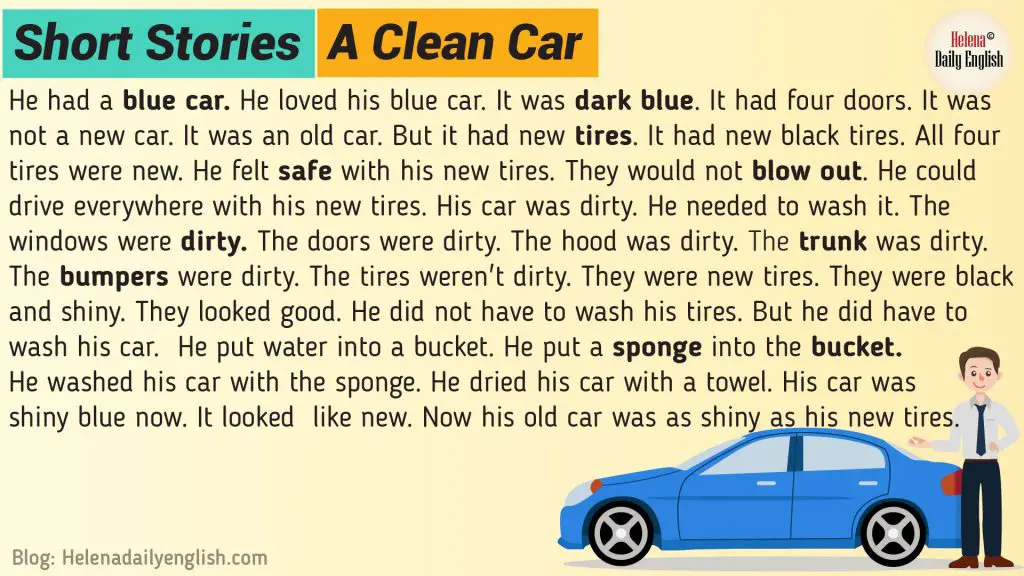The U.S. Department of Transportation (DOT) number stamped on the tire’s sidewall contains a date code that identifies the age of your tires. This DOT number (also called the Tire Identification Number or TIN) is contained in a sequence of up to 12 letters and numbers that signify the tire size, the manufacturer, the specific plant where it was built and when it was built. In the event of a recall, tiremakers and the National Highway Traffic Safety Administration use the DOT number to identify which defective tires are in the campaign. The date code used on tires is not a typical representation used for dates and can be easily missed by the untrained eye.
To determine the age of your tires, check the last four digits of the U.S.
Tires built from 2000 to the present use the last four-digits of the DOT number to identify the week and year of manufacture. For example, a DOT number with 4116 at the end of the sequence would mean that the tire was manufactured in the 41st week of 2016, or sometime in the mid-October.
While it is increasingly rare to find a tire made before 2000, these tires use only three digits in the date code for the week and year. A tire with a three-digit date code like 416 means that the tire was made in the 41st week of 1996.
Tire DOT Numbers Include a Date Code
(Source: National Highway Traffic Safety Administration)
Be aware that the complete tire DOT number is not required to be molded on both sides of the tire. While some tire makers include the full DOT number on both sides, the date code on your tires may only be contained on one side. If the DOT number is only eight characters, you’ll need to look on the other side of the tire to find the full number with the date code.
Why is it important to understand your tire’s age? Manufacturers have known for decades that exposure to heat and oxygen weakens rubber over time. Today’s tires are highly engineered products, with anti-aging chemicals mixed in the rubber compounds, along with others to make the rubber softer and more flexible. But, over time, the rubber and component materials within the tire changes and becomes more prone to failure. In most instances this loss of strength is invisible – and the material degradation is present regardless of tread depth and even in tires that have never even been put on a vehicle
Today’s tires are highly engineered products, with anti-aging chemicals mixed in the rubber compounds, along with others to make the rubber softer and more flexible. But, over time, the rubber and component materials within the tire changes and becomes more prone to failure. In most instances this loss of strength is invisible – and the material degradation is present regardless of tread depth and even in tires that have never even been put on a vehicle
Aged tires are more susceptible to catastrophic tread separations, which occurs when the tire’s outer layer separates from the tire body or casing. This type of failure can be much more dangerous for drivers to manage than a flat tire or blow out, particularly in trucks, SUVs and vans – particularly 15-passenger vans – because they are more prone to handling and stability problems.
While tread separations caused by manufacturing defects can occur in new tires, tires older than six years – especially those on vehicles located in hot-weather states such as if such as Arizona or Florida – are more prone to suffer a catastrophic tread separation.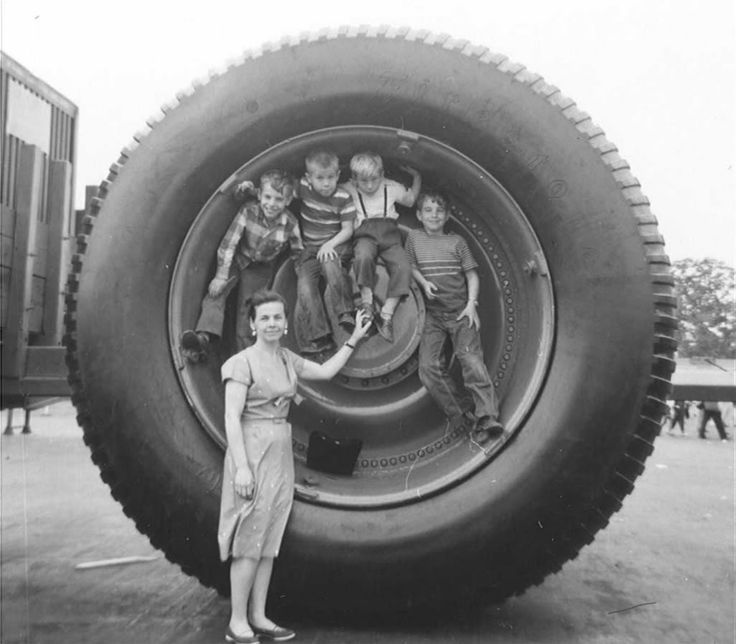
According to the National Highway Traffic Safety Administration “Most vehicle owners can easily overlook tire aging, increasing their risk of a crash.”
Based on research showing that the rate of tire failures increases after six years, nearly all vehicle manufacturers recommend owners replace tires after six years, regardless of tread depth. Most tire manufacturers recommend replacement at 10 years or that owners follow the vehicle manufacturer’s guidelines. Tire makers continue to insist that expiration dates are not necessary, yet, nearly all passenger and light truck tire warranties expire at six years. Some tire retailers have also adopted the tire age recommendations and will not service vehicles with tires that are beyond the manufacturers age recommendation.
Consumers should also check the DOT code when buying new replacement tires. Some retailers will sell a “new” tire that has actually been sitting in their inventory for years.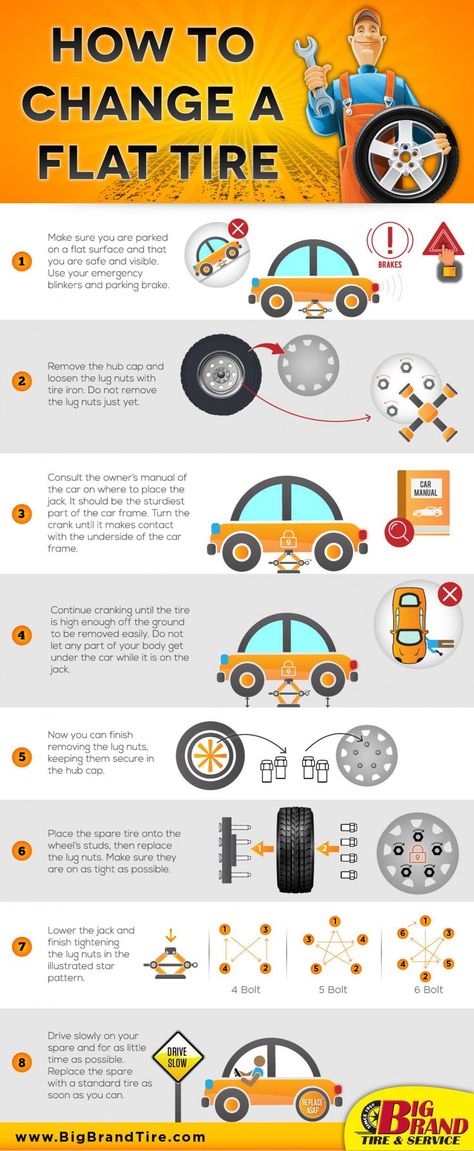 That tire could have been improperly stored in a warehouse or outdoors exposed to high temperatures that reduce a tire’s robustness and useful life.
That tire could have been improperly stored in a warehouse or outdoors exposed to high temperatures that reduce a tire’s robustness and useful life.
Consumers should insist on replacement tires manufactured within months of the purchase date. And, regardless of tread depth, vehicle owners should replace their tires six years and older.
Call us if you believe a defective tire caused your accident. The team at Newsome Melton can review the facts of your case and determine if we believe you have a valid claim for compensation. If we feel you have a strong defective tire case against the manufacturer, we can navigate the claims process on your behalf and potentially recover compensation to pay for your medical bills, lost wages, vehicle repair or replacement, or other losses.
Call us today at 888-221-5316 or contact us through our online chat. We offer free reviews and handle many of these claims on a contingency fee basis. This means we do not recover compensation unless you do.
This means we do not recover compensation unless you do.
Have you ever asked yourself, “how old are my tires?”. If not – you should. Determining your tire age is very important to you and your family’s safety. If you’re driving with a tire over six years old, you could be putting yourself in danger, as tires dry rot with age from the inside out.
“These Tires Have a Few Good Years Left in Them”I used to think, “the tread looks great, no bald or worn out spots, these things could last at least a couple more years”. They may last another three years, but your tread has little to do with it. What is more essential is the age of the tire. Tires are made of rubber, obviously, and when rubber gets old, it starts to dry and crack (often times from the inside out – this process is not always visible to the naked eye).
What’s more important than the thickness of the tread is the date that the tires were manufactured. Until recently, I had no idea that the age of the tire mattered. I thought it was all in the tread and visible cracking. I also had no idea that tires have a manufacture date stamped on them. But the manufacturers don’t make it easy on you to figure this out.
Until recently, I had no idea that the age of the tire mattered. I thought it was all in the tread and visible cracking. I also had no idea that tires have a manufacture date stamped on them. But the manufacturers don’t make it easy on you to figure this out.
It turns out that tires have cryptic codes on them. Believe it or not, you can actually determine your tire’s manufacture date based on these codes.
How to Determine your Tire AgeLet’s discuss post year 2000 tire manufacturing date stamps (if your tire is older than this as indicated by a lack of this standard, you’ll want to have it replaced immediately). Tirerack.com has a great demonstration on how you can determine your tire’s ages:
Tires Manufacture Date After 2000Will My Set of Four Tires All be the Same Age?Since 2000, the week and year the tire was produced has been provided by the last four digits of the Tire Identification Number with the 2 digits being used to identify the week immediately preceding the 2 digits used to identify the year.

Example of a tire manufactured since 2000 with the current Tire Identification Number format:
DOT U2LL LMLR 5107 Manufactured during the 51st week of the year, in 2007 While the entire Tire Identification Number is required to be branded onto one sidewall of every tire, current regulations also require that DOT and the first digits of the Tire Identification Number must also be branded onto the opposite sidewall. Therefore, it is possible to see a Tire Identification Number that appears incomplete and requires looking at the tire’s other sidewall to find the entire Tire Identification Number
The use of a partial Tire Identification Number on the one sidewall (shown above) reduces the risk of injury to the mold technician that would have to install the weekly date code on the top sidewall portion of a hot tire mold.

Another thing to note when getting new tires or checking your old is that all four tires will most likely not be the exact same age. On a previous set of tires I purchased, I found that three of my new tires were made in the second week of 2008, while the fourth was made in the 21st week. Had any of my tires been manufactured more than a year prior to my date of purchase, I would have taken them back immediately and demanded a refund. When checking the age of your tires, check all four tires.
My Tires Don’t have a Code on Them!If you do not see a manufacturing code on your tire, grab a flashlight and slide underneath your car to check the other side. Tire manufacturers want to make it as hard as possible for you to determine your tire’s age, so they’ve inconveniently placed the manufacture date on only one side of your tires.
Why Do Tire Companies Hide the Tires Manufacture Date?Because they can and it’s profitable to do so. In many other countries, government works for consumers a little harder on their rights. In the good ole’ USA, big business lobbies against consumer rights and quite often wins. Why would the big tire manufactures want to pull their tires off the shelf to be destroyed?
In many other countries, government works for consumers a little harder on their rights. In the good ole’ USA, big business lobbies against consumer rights and quite often wins. Why would the big tire manufactures want to pull their tires off the shelf to be destroyed?
Take a peek at this very informative video from ABC’s 20/20, in which a hidden video camera was used in tire stores. Some retailers were helpful and informed, others not so much. Some retailers were selling tires as old as 12 years! You have to wonder how much of this is corporate mandate versus ignorance.
It pays to be an informed consumer, both in terms of finance and safety. If you’ve bought old tires recently, hopefully you have save your receipts. Go back to the place you purchased from and see if they’ll swap newly manufactured tires (or demand it). If that doesn’t work, you should at least be able to get a credit towards new tires.
Related Posts:
Thanks! Check your inbox (& spam folder) in a minute for your welcome email!
Oops... Please try again.
Despite the bold statements of tire manufacturers that the service life of car summer tires reaches ten years, you still need to change your “iron horse” shoes much more often, about once every 5-6 years.
Good, high-quality, and most importantly, intact rubber is the key to a safe ride. Therefore, do not forget about the indicated terms, but this is not a panacea. It is important to monitor the condition of tires, both summer and winter, sometimes even 5 years of service will be too bold an expectation. There are special indicators by which you can determine the degree of damage . They are the jumpers between the tread, and as soon as it wears out to their level, the life of the tires has expired.
There are special indicators by which you can determine the degree of damage . They are the jumpers between the tread, and as soon as it wears out to their level, the life of the tires has expired.
In addition, numbers of various depths are often stamped on the rubber surface, and by how many numbers are visible, one can judge the degree of wear. You can also use a special ruler with a depth gauge and independently measure the tread height, this parameter should be 1.6 mm or more for summer tires and at least 4 mm for the snow season . In case of uneven wear, measurements should be taken on the most damaged part.
Failure can also be caused by elementary mechanical damage, such as cuts, deformation due to emergency braking, or the appearance of bumps after an impact. All these factors significantly reduce the life of tires.
As you know, tires, depending on the season of operation, are made of different types of rubber. Thus, summer tires are tougher than winter or all-season tires, and therefore the shelf life of summer tires is longer. Basically, manufacturers give a guarantee for summer tires for 10 years, and for winter tires - no more than 7. However, you should not be guided by these terms, since the quality of our roads and other related operating conditions are far from ideal.
Thus, summer tires are tougher than winter or all-season tires, and therefore the shelf life of summer tires is longer. Basically, manufacturers give a guarantee for summer tires for 10 years, and for winter tires - no more than 7. However, you should not be guided by these terms, since the quality of our roads and other related operating conditions are far from ideal.
In addition, the quality of tires also affects the life of car tires. Therefore, one should not be under the illusion that, having bought cheap Chinese rubber, it will be possible to operate it in the same way as expensive branded ones. Therefore, do not save, the price difference will not be justified. After all, branded tires can be used for more than five seasons, and cheap copies - no more than two. All-season tires still do not justify hopes, at least for residents of regions where the temperature in winter is much below zero.
There can be quite a few reasons for tire wear, but they are very easy to identify, the main thing is to carefully study the surface of the tire and the tread pattern.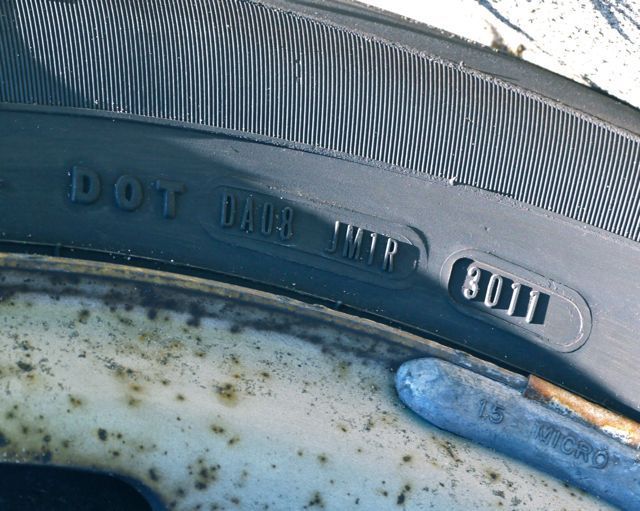 If the outer edges are subject to more wear than the central part, this indicates insufficient pressure, and vice versa. And unevenly worn edges of the tread on only one side indicate a violation of the alignment. In addition to wear and tear, driving style also affects how long summer tires last. For fans of extreme driving with sharp braking, the tire surface will be deformed unevenly.
If the outer edges are subject to more wear than the central part, this indicates insufficient pressure, and vice versa. And unevenly worn edges of the tread on only one side indicate a violation of the alignment. In addition to wear and tear, driving style also affects how long summer tires last. For fans of extreme driving with sharp braking, the tire surface will be deformed unevenly.
We see that not only the mileage of the tires is influenced, but also a lot of other factors, such as driving style, road surface quality, participation in an accident, etc. Do not forget about timely technical inspection, and at least twice a month, you should check the pressure in the wheels. As for balancing, it should be carried out every 15,000 km. After hitting, carefully examine the surface of the rubber for foreign objects or bumps.
If all of the above rules are followed, then the mileage standards for car tires in accordance with GOST are:
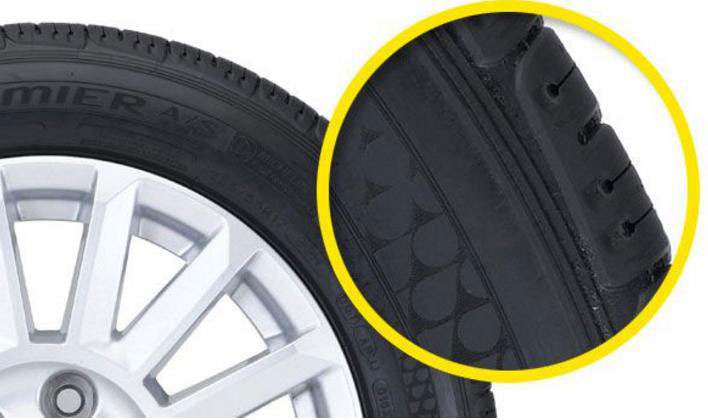
Expert opinion
Ruslan Konstantinov
Automotive expert. Graduated from IzhGTU named after M.T. Kalashnikov with a degree in Operation of Transport and Technological Machines and Complexes. Over 10 years of professional car repair experience.
Proper storage is essential for tires to last as long as possible. They should be in a room where there is no high humidity, because moisture spoils the rubber, moreover, if the tires are on rims, the metal will corrode. Moisture is also detrimental to winter tire studs. The ideal tire conditions for any season is a cool, dark place out of direct sunlight. The optimum storage temperature is +5 to +25°C.
If tires are stored without discs, they must be in a vertical position, in addition, the possibility of rubber deformation should be excluded, and every two to three months it is necessary to change the fulcrum by turning the tire over.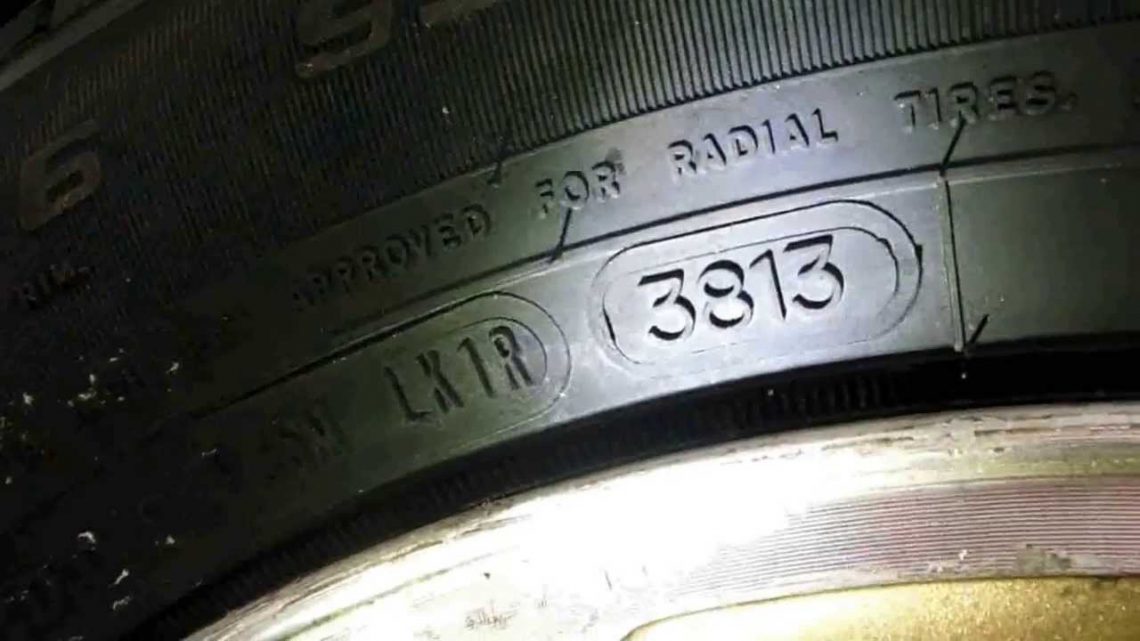 If you store tires without disks in a horizontal position, then no more than a month, since prolonged exposure to such a position leads to deformation. It is also impossible to hang rubber, in this case the geometry is violated, and the inner surface is also deformed.
If you store tires without disks in a horizontal position, then no more than a month, since prolonged exposure to such a position leads to deformation. It is also impossible to hang rubber, in this case the geometry is violated, and the inner surface is also deformed.
If tires are stored on rims, they can be stored both horizontally and vertically, but with one condition, you must regularly check the pressure, otherwise the weight of the wheels may deform the tire. If possible, tires mounted on rims should be stored suspended. Well, of course, during storage, aggressive chemical and organic substances (gasoline, solvents, motor and transmission oils, acids and alkalis, lubricants, etc.) should not affect the rubber. By following these simple rules, you can extend the life of summer or winter tires, which, given the considerable prices for new tires, will be very useful.
Rate this article:
(20 votes, average: 3. 6 out of 5)
6 out of 5)
Share with friends!
Adblock
detector
Consumer disputes over the age of tires have not subsided for several seasons. Buyers are excited that the warranty period for tires is limited to 5-6 years according to GOST, and after the expiration of this period, the rubber becomes unusable.
Is this really the case, read this article.
Manufacturers of most brands for their products set shelf life - 5 years and the service life is also 5 years .
The shelf life of a tire is the period during which it retains its performance when properly stored.
The end of this period does not mean that the tires have become unusable . A shelf life of 5 years is given by manufacturers because, by law, they cannot set a shelf life higher than the service life.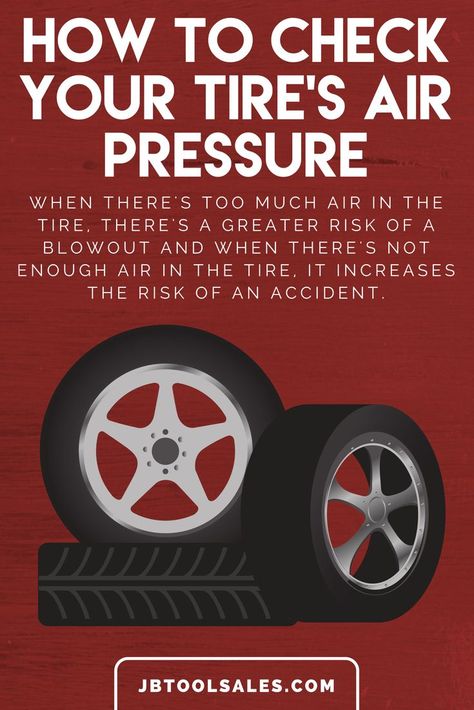 Tires over 5 years of storage cannot be called damaged or defective, their technical characteristics may be slightly reduced. American researchers argue that the period of storage of "shoes" must be at least 10 years. Experts from Germany are sure that it cannot exceed 6 years.
Tires over 5 years of storage cannot be called damaged or defective, their technical characteristics may be slightly reduced. American researchers argue that the period of storage of "shoes" must be at least 10 years. Experts from Germany are sure that it cannot exceed 6 years.
The expiration date of tires is the warranty period during which the manufacturer is responsible for the quality and condition of the tire if it was used for its intended purpose without violating the operating rules.
According to Russian legislation (GOST 5513, GOST 4754-97) , the service life of tires is 5 years from the date of manufacture.
How can I find out the date of manufacture of tires?
You can find out the age of tires by a special DOT code. Tires manufactured after 2000 in the DOT code contain two pairs of numbers, where the first pair indicates the week number of the year, and the second pair indicates the year. Earlier tires before 2000 have 3 numbers in their composition, where the first two digits are the week number, and the last one is the year (see the transcript in the photo).
Earlier tires before 2000 have 3 numbers in their composition, where the first two digits are the week number, and the last one is the year (see the transcript in the photo).
Determination of the average shelf life of a tire according to GOST and operating conditions.
- The symbol ZR denotes tires for high-speed cars. They are recommended to be used at speeds over 240 km/h. up to 6 years
- Tires with the H symbol are used at a maximum speed of 210 km/h. within 5 years.
- The sign S symbolizes the maximum permissible speed of 180 km/h. and operational period of 4-5 years.
Most tire manufacturers do not agree that tire life is limited to 5 years. Each company has its own opinion on this matter. We analyzed several of them and the information they posted on their official websites.
Michelin
The French tire manufacturer Michelin has become famous for its active fight against the perception of the rapid aging of tires as a perishable product. Her information campaign "Tires Are Not Bananas" created a lot of noise in the automotive environment. According to the representative office, several test trials were carried out in Saudi Arabia, South Korea and Germany. As a result of testing, no difference was found between new tires and tires stored for 3 years. They were tested for various characteristics such as rolling resistance, high speed durability, etc. Tires with a year life were approximately equal in performance to 10-year unused tyres.
Her information campaign "Tires Are Not Bananas" created a lot of noise in the automotive environment. According to the representative office, several test trials were carried out in Saudi Arabia, South Korea and Germany. As a result of testing, no difference was found between new tires and tires stored for 3 years. They were tested for various characteristics such as rolling resistance, high speed durability, etc. Tires with a year life were approximately equal in performance to 10-year unused tyres.
Michelin focuses the attention of car owners on the fact that tires are not a perishable product, their shelf life is not as important as the service life is important, starting from the date the tires are installed on the rims. It is from this moment that the tire is subjected to all tests: pressure, temperature changes, wear, contact with uneven and sharp coatings, etc.
Continental
On the Russian official website of Continental, we found the following information on the expiration dates of tires.
“When a tire is stored in the correct position and under the recommended conditions, it will not lose its original balanced performance for 5 years from the date of manufacture of the tire.
A properly maintained, unused tire less than 5 years old can be sold as a new tire and used normally.
Continental recommends replacing all tires (including spares) with a sidewall date greater than 10 years.
Nokian
The following information is posted on the Nokian official website:
“Tire life is not defined by law, but tires can only be considered “new” if they have been manufactured within the last five years. The recommended service life of tires is six years and the recommended maximum period is 10 years.
The recommended service life of tires is six years and the recommended maximum period is 10 years.
The opinion of our specialists, based on many years of experience, coincides with the opinion of manufacturers: the shelf life is 5 years + the service life is up to 10 years. Moreover, more "adult" tires, in our opinion, are of better quality.
To keep tires as long as possible, they are stored in compliance with all rules and recommendations. The main condition is a cool, ventilated, darkened room away from oils, paints, ozone, and heat sources.
Rubber products tend to lose their performance over the years. To prevent and slow down this process, manufacturers add polymers to the rubber compound. They prevent oxidative processes that occur due to the interaction of protectors with oxygen and ozone.
The following are the main conditions for the proper storage of tires in accordance with GOST 24779-81:
Maintaining a constant regime without sudden jumps, slight temperature fluctuations from -30°С to +35°С are allowed;
Provide a low humidity level of 50-80% in a dry, ventilated cool room;
Avoid direct sunlight, use darkened hangars, shield heat sources;
Keep away from sources of heat;
Tires should not come into contact with corrosive, copper materials.
Avoid kinking, loading or positioning on an uneven surface.
Avoid contact with oils, organic solvents, acids, alkalis, fuels and lubricants on the tire surface. It is forbidden to lay tires on a wet and dirty surface.
In the warm season, when storing tires outside, they should be covered with light-tight material and raised above ground level to ensure ventilation and prevent the occurrence of the greenhouse effect.
Storage on reflective, light and heat absorbing surfaces is prohibited.
Keep away from chemicals, oils, paints, open flames, electric motors that produce ozone.
Used tires must be washed and dried.
Tires without rims should be stored upright.
The service life depends on many factors: the load on the car, the quality of the roads, the driving style, the distance traveled, tire damage, etc.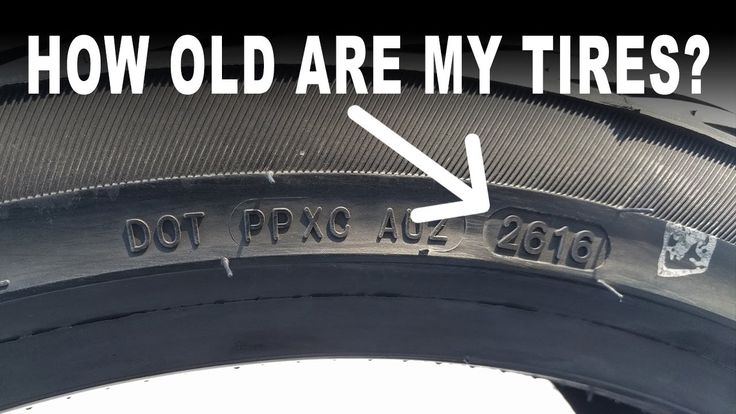 To increase their service life, follow these rules:
To increase their service life, follow these rules:
Check tire pressure every 2-3 weeks. With reduced pressure, tire wear increases by the equivalent of a % reduction. For example, a 15% reduction in pressure can result in a 15% reduction in service life. Inflated tires are less scary.
The wear of the front tires is always significantly higher than the rear ones, so it is recommended to swap them after some time, carefully watching the direction of the tread pattern and the direction of rotation.
Proper alignment of tires in relation to rims. If the direction is not the same, then performance is significantly reduced.
To prevent damage to the sidewalls of tires, avoid close proximity to curbs and high ledges.
Wash off dirt from the surface of the rubber and from deep grooves with special cleaning agents.
Adhere to an even driving style without harsh brakes and quick starts.